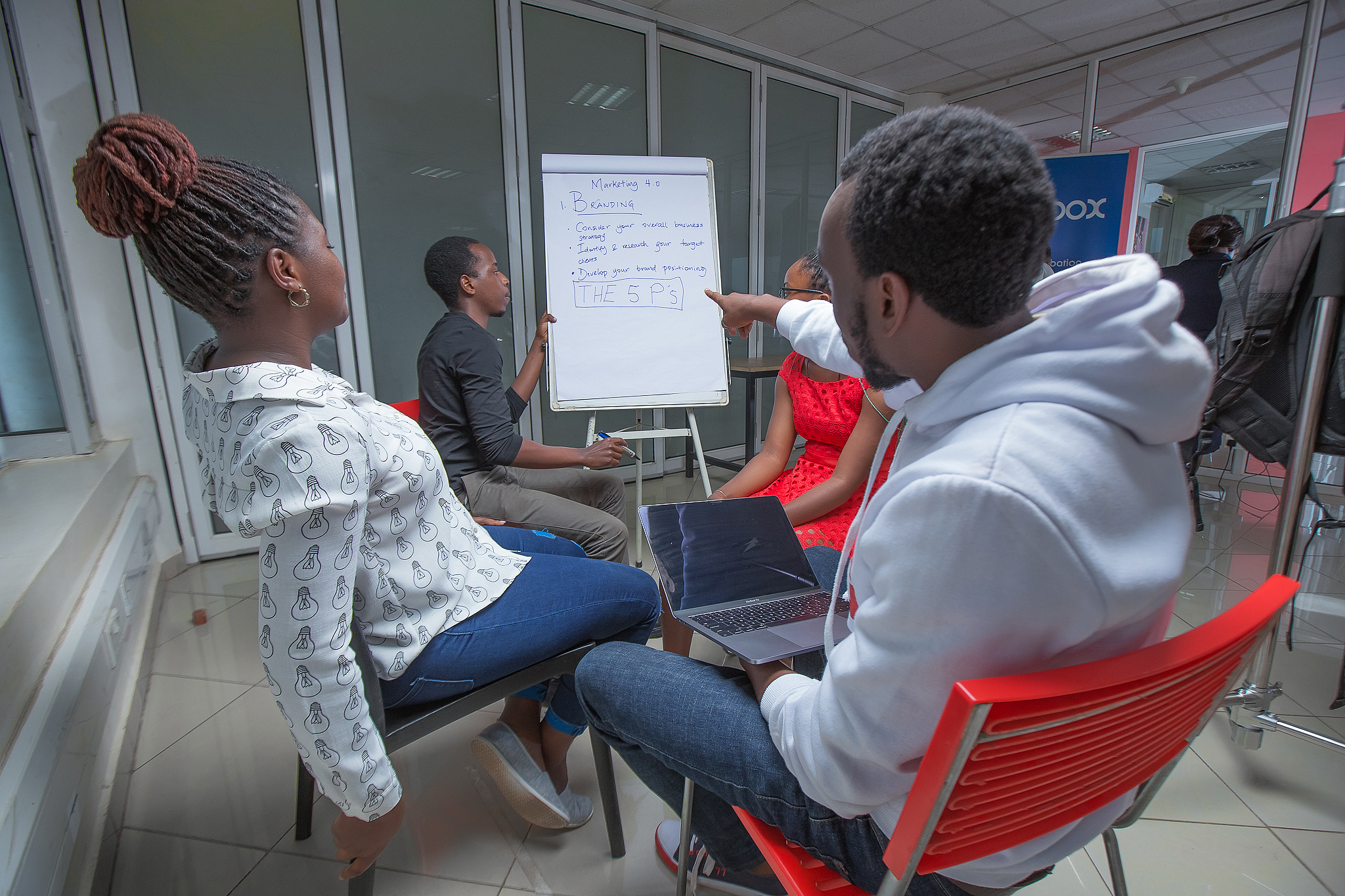The Role Intermediaries Play In Creating an Enabling Environment for Innovation
Monday, December 06, 2021The ongoing pandemic has changed the way we live and view the world. Things have now become more digitalized, personalized, and distanced from one another. But through this distance, technology has been working to bring people closer together. This new tendency has led to the rapid development of innovations in various fields- shopping, medicine, production and supply chain management
In 2022 the covid-19 pandemic will continue to impact our lives in many ways. This means that we will continue to see an accelerated rate of digitization and virtualization of business and society. As a society, we will undoubtedly continue to harness this newfound openness to flexibility, agility, and innovative thinking, as the focus shifts from merely attempting to survive in a changing world to thriving in it.
With that in mind, here are our predictions for the specific trends that are likely to have the biggest impact in 2022. The biggest focus will be around the convergence of technology trends, as tools emerge that let us combine them in new and amazing ways.
Disclaimer: This document is only an attempt to better understand where technologies are going
Smart Technologies
“Smart” increasingly means powered by artificial intelligence (AI) – generally machine learning algorithms – and capable of helping us in increasingly innovative ways. Smart watches are able to reflect our calls and emails and help us attend to the more important things swiftly, Smart cars use facial recognition algorithms to detect whether we are paying attention to the road and alert us if we're getting tired. Smartphones use AI algorithms to do everything from maintain call quality to help us take better pictures, and of course, they are packed with apps that use AI to help us do just about anything.
AI has permeated the tools we use to carry out everyday work – from the ever-present voice assistants to language translation and tools that allow us to extract structured data from pictures, whiteboard scribbling, and hand-written notes. It also powers much of the robotic process automation that has enabled workloads to be lightened in admin, logistics, accounting, and HR departments. Whatever your industry or job function, you’re likely to find there’s an AI-powered solution designed to make your life easier.
Everything-as-a- service and the no-code revolution
Another increasingly powerful driver will be the ongoing democratization of data and technology. In recent years an entire industry has emerged which aims to put the skills and tools necessary for tech-led innovation in the hands of society, regardless of their expertise or experience. Cloud solutions for storage, network and processing mean costs, and risks of setting up expensive infrastructure in order to try out new ideas are heavily mitigated.
The skills crisis has enabled Innovation in more ways because it has been a driver behind the explosion of self-service and “do-it-yourself” solutions. Ready-built AI solutions exist for everything from marketing to HR, project management, and planning and design of production processes. In 2022 we will continue to see companies deploying AI and IoT infrastructure without owning a single server or proprietary piece of cognitive code.
The No-code future
Such interfaces will become more popular as a lack of programming knowledge, or a detailed understanding of statistics and data structures, will cease to become a barrier to bringing a world-changing idea into reality. Microsoft, recently unveiled Codex, a programming model that can generate code from natural, spoken human language. As technology like this matures – which we will start to see in 2022 – and converges with the possibilities offered by cloud infrastructure, our innovation and imagination will less frequently be held back by a lack of either resources or technical skills.

Virtualization and Remote working
During 2020 and 2021, many of us experienced the virtualization of our offices and workplaces, as remote working arrangements were swiftly put in place. This was just a crisis-driven surge of a much longer-term trend. It is currently reported that many people are willing to join a work place that offers a hybrid arrangement between working remotely and at office. In 2022, we will become increasingly familiar with the concept of a “metaverse” – persistent digital worlds that exist in parallel with the physical world we live in. Inside these metaverses, we will carry out many of the functions we’re used to doing in the real world, including working, playing, and socializing.
As the rate of digitization increases, these metaverses will model and simulate the real world with growing accuracy, allowing us to have more immersive, convincing, and ultimately valuable experiences within the digital realm.
Transparency, governance and accountability
For technology to work, we humans need to be able to trust it. We already see strong pushbacks against many ways that technology is currently being used that are seen as obtrusive, dangerous, or irresponsible, meaning we don’t understand how it works. This is often due to its complexity rather than any malevolent scheme to limit our understanding, however, the effect is the same.
Sustainable energy solutions
During the pandemic, renewable energy was the only form of energy that saw usage increase, especially during the lockdown. Worldwide, all non-renewable energy usage decreased as industries shut down and people stayed at home, leading to an overall reduction in emissions of 8%. This has led to an expectation that increasing investment will be put into generating energy from renewable resources in coming years – according to data from #COP26.
This will be a huge help for countries and businesses trying to hit emissions targets, such as becoming carbon neutral or even carbon negative. Additionally, exciting new emerging energy sources such as biofuels, liquid hydrogen, and even nuclear fusion are becoming more viable, even if it may be a little after 2022 when their full impact of some of them will be felt.
The ongoing pandemic has sped up the adoption and further development of advanced technologies in various industries. These innovative outcomes aim to facilitate performance and improve work environments, reduce unnecessary delay between transactions and communications, and guarantee longer life expectancy. However, even with the absence of a pandemic, these technology trends are important advancements with room for extensive development.
The content of this article was adopted from Hive Life Magazine, SimpliLearn, and The Computer Society
What are some of the trends you think will headline 2022? Share with us.

